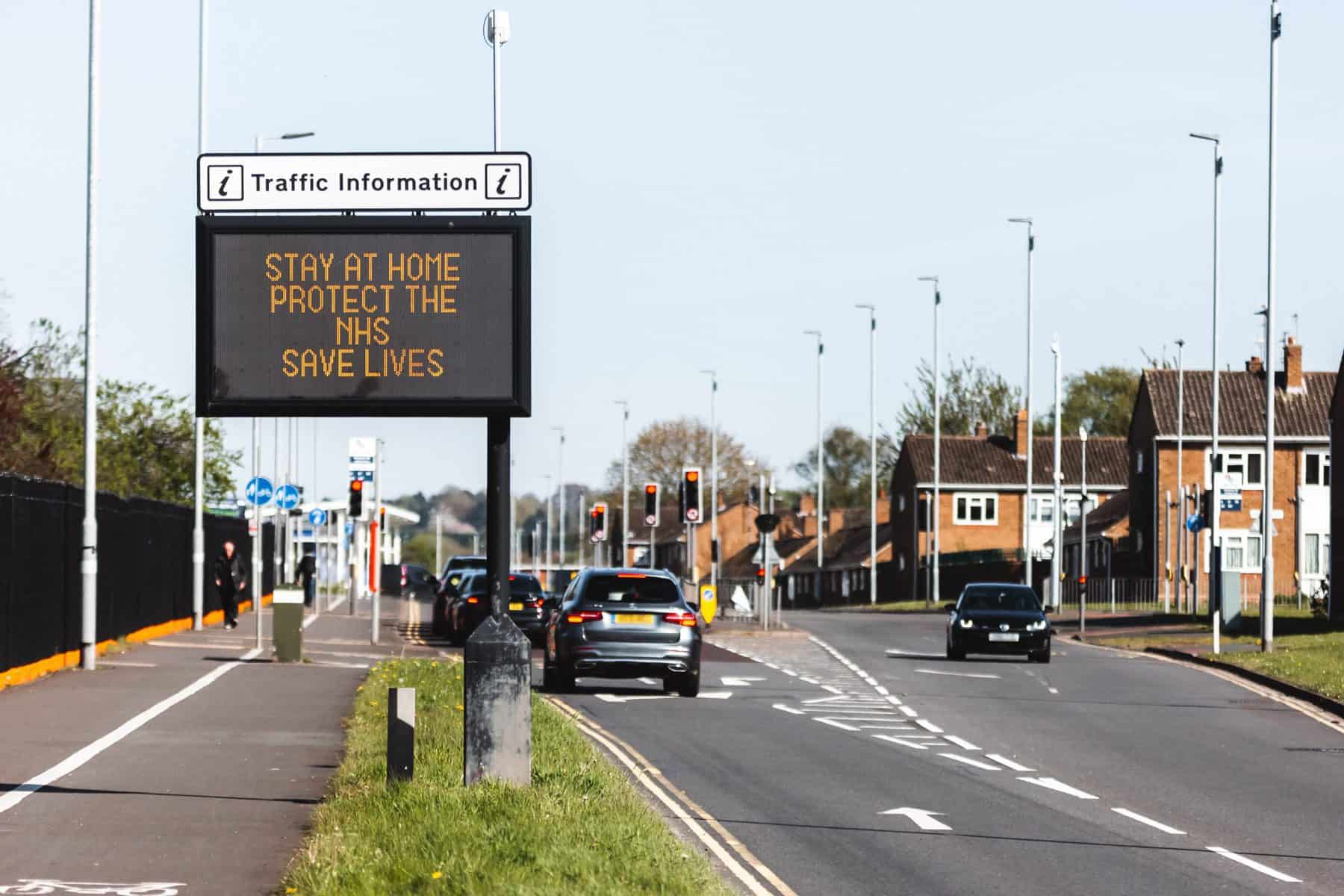With the outbreak of COVID-19, many care homes and their staff are struggling to deliver the same level of care when operating with up to 20-30% fewer staff.
Unfortunately, staff shortages are compounded by:
- The lack of available testing, forcing many staff to self-isolate as a precaution.
- Replacing unavailable staff is difficult, either directly or via agencies due to general shortages. Volunteers may not be an option, with many sent towards the NHS.
- Care staff doing extra tasks such as additional cleaning, video calling with relatives or socially distanced activities.
Heroic efforts
We have seen providers and care workers across the sector pulling together to stretch their resources and provide the best possible care for residents. We wanted to share, acknowledge, and celebrate a few of the efforts we have seen.
- New childcare exchanges. To help team members pick up extra shifts where they normally couldn’t.
- Making spare beds available to staff. Many care homes have rapidly provided live-in facilities (even tents or caravans in the garden!) for their staff who don’t want to risk returning home with COVID-19 or vice versa.
- Using social media to help find volunteers. Staff and providers have found success finding volunteers within their network who have skills like cooking, cleaning, and admin to provide their time and take some of the strain.
- Running activities remotely. This has been successful for staff who are self-isolating but are well enough to help (typically when they have a family member who has symptoms). It keeps residents and staff safe but keeps the care home connected. We have heard of video calls or intercom systems being used for quizzes, read-a-longs or puzzles.
How does Ally help?
In addition, care homes who use our acoustic monitoring solution, have found they have the flexibility to ease some of the strain on their staff by:
- Freeing up shifts for the day by first lowering night staff levels. When extremely short on staff care homes can first look to lower night staff levels since they are doing 75% fewer checks.
- Switching on day time monitoring, to reduce the risk of transmission and save staff time. By reducing the amount of physical contact required for isolated residents and to allow staff to only respond when needed.
To read more about our work to help care homes, including identifying and isolating residents with COVID-19 earlier, click here.
If you would like to speak to us about using our patient monitoring system, please get in touch via the website or at [email protected]. The system can be installed by your team in half a day, and we can provide contact-free training via a short video session.

